Matallana 2013
Descripción
Matallana es la expresión del paisaje austero y continental de la meseta desierta, los valles y las terrazas de la Ribera de Duero. Este vino es el fruto de tres parcelas y de tres suelos completamente diferentes: El Bosque, La Loma” y Valdeloscuevas. La variedad Tinto Fino es el denominador común, con pequeños porcentajes de Navarro, Valenciano y Albillo Mayor.
Ficha técnica
Cata
Viñedo y elaboración
Opinión de los críticos
2013 was a challenging year but also a good opportunity to produce fresher wines, like the 2013 Matallana. This is an old-vine field blend of approximately 85% Tempranillo and the rest small portions of different grapes, red and white (Valenciano, Navarro or Albillo), from three different plots that are quite different from each other, in three different villages. It fermented in oak vats with indigenous yeasts and matured in French barriques for 15 to 18 months. This unusual year provided one of the best years of Matallana, a backward, serious, harmonious and shy wine, with perfectly integrated oak and refined, chalky tannins that provide a limestone minerality that is a mouthfeel, a texture rather than a flavor. There is a flinty sensation that develops with time in the glass. Taking into consideration the difference of age, it reminded me of the 2001, like an updated version of it. Tasting it next to the Pago la Jara from Toro from the same year, the personality of each was very clear, reflecting what's on the label, a place and a year, both through old-vine Tempranillo. This is more ethereal and vertical, and the one from Toro is more exuberant and with even a minty touch. Both great, each in its style. 2,655 bottles produced. - Luis Gutiérrez.
Succulent dark berry and dark plum edges with stony graphite and a dark, essence-like note from the low-yield concentration of small berries. The acidity is so fresh and succulent with a plum-pit tang. Drink or hold.
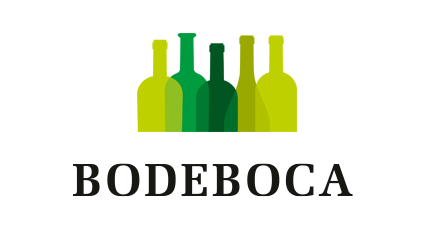
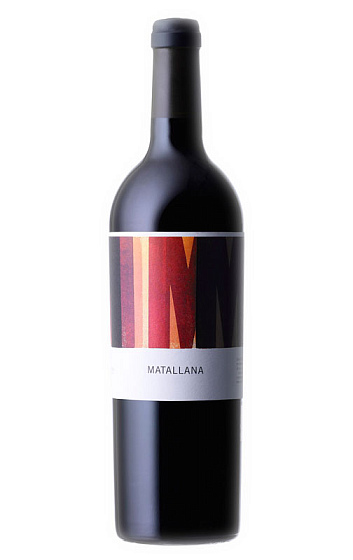

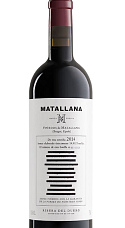
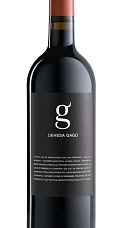

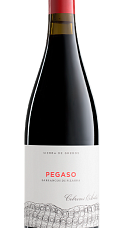


Añadas: 2021 2020 2019 2013
Esta añada no tiene valoraciones todavía. Pincha en las otras añadas para ver sus valoraciones.
Aunque un poco más de tiempo en botella le irá de perlas, ya está para 3,75.Me ha gustado más que la añada 2014
Esperaba descubrir algo interesante pero....